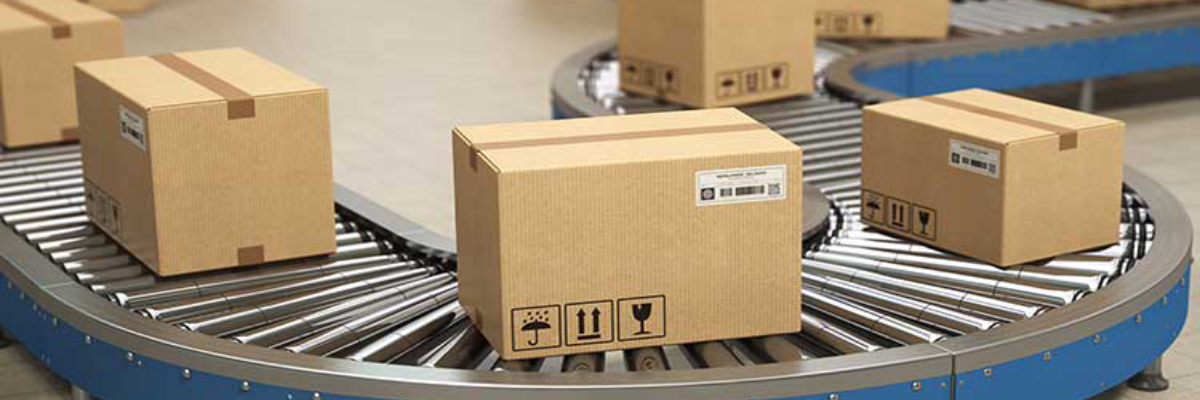7 Key Factors that Determine LTL Freight Rates

Monday, 21 October 2019 | Freight quotes
Less than truckload or LTL freight shipping has been a popular and cost-effective way for companies to transport small orders ( around 150 pounds to 10,000 pounds). Collecting freight from multiple shippers and making the most out of trucking space, LTL shipping provides greater flexibility, better control and cost savings. However, estimating LTL freight rates can be a confusing task. Having a better idea about the key factors that determine LTL freight rates can help you in preparing the shipments effectively. Here are the seven important factors that affect the LTL rates.
-
Weight
Freight quotes of LTL shipping are based on a hundredweight pricing scheme. If shipment’s weight increases and approaches the lowest weight in the next heaviest weight group, it will be categorized into the lowest weight category and rated in that weight group.
-
Density
Shippers should know how to calculate their freight’s density in order to deduce the freight class and enter it in bill of lading (BoL). Total weight of the shipment is divided by its total cubic feet to calculate the freight density. If your shipment is palletized, then it is essential to measure the pallet’s dimensions too. Longest sides of the shipment including the packaging, overhangs or protrusions should be taken into consideration.
-
Classification
Every order is categorized into a freight class before shipping. Freight brokers and third party logistics (3PL) providers follow the freight classification standards set forward by The National Motor Freight Traffic Association (NMFTA). The class is determined by checking the shipment’s density, value, stowability, handling and liability. As the freight class moves on to higher levels, the rate will also increase. Lower class have lower rates and higher class will have higher rates.
-
Distance
In general, the longer the distance, the higher will be the shipping costs. Most freight brokers and 3PL providers serve only for specific locations. Make sure to enquire about the zip codes they ship directly. If your carrier doesn’t offer shipping services to your shipment destination, then the freight will be transferred to another LTL carrier for final delivery. And this will result in higher freight quotes.
-
Base rates
All the LTL carriers have their own base rates and it varies from carrier to another. Base rates are quoted per 100 pounds (CWT - centum weight). Volume, demand and gross costs of a freight shipment will influence the base rates.
-
Minimums
The minimum or absolute minimum charge (AMC) is a fixed cost after application of all pricing terms. Carriers won’t go below the minimums, even after the negotiation. The minimum charge covers all their fixed costs for a specific shipment or lane. Enquire about your carrier’s AMC before moving your freight across short distances.
-
Accessorials/Surcharges
Freight accessorial charges stem from the additional services carried out by the carrier to handle your shipment. Some common examples include lift gate service, residential pick-up or delivery, weekend delivery, limited access locations and more. Fuel surcharges are the most common accessorial fee charged by all LTL carriers.
Whether you are shipping a single cargo or multiple orders, knowing how freight rates work is the absolute key. Not only it helps in controlling shipping costs, but also proves beneficial in managing your LTL freight efficiently.




